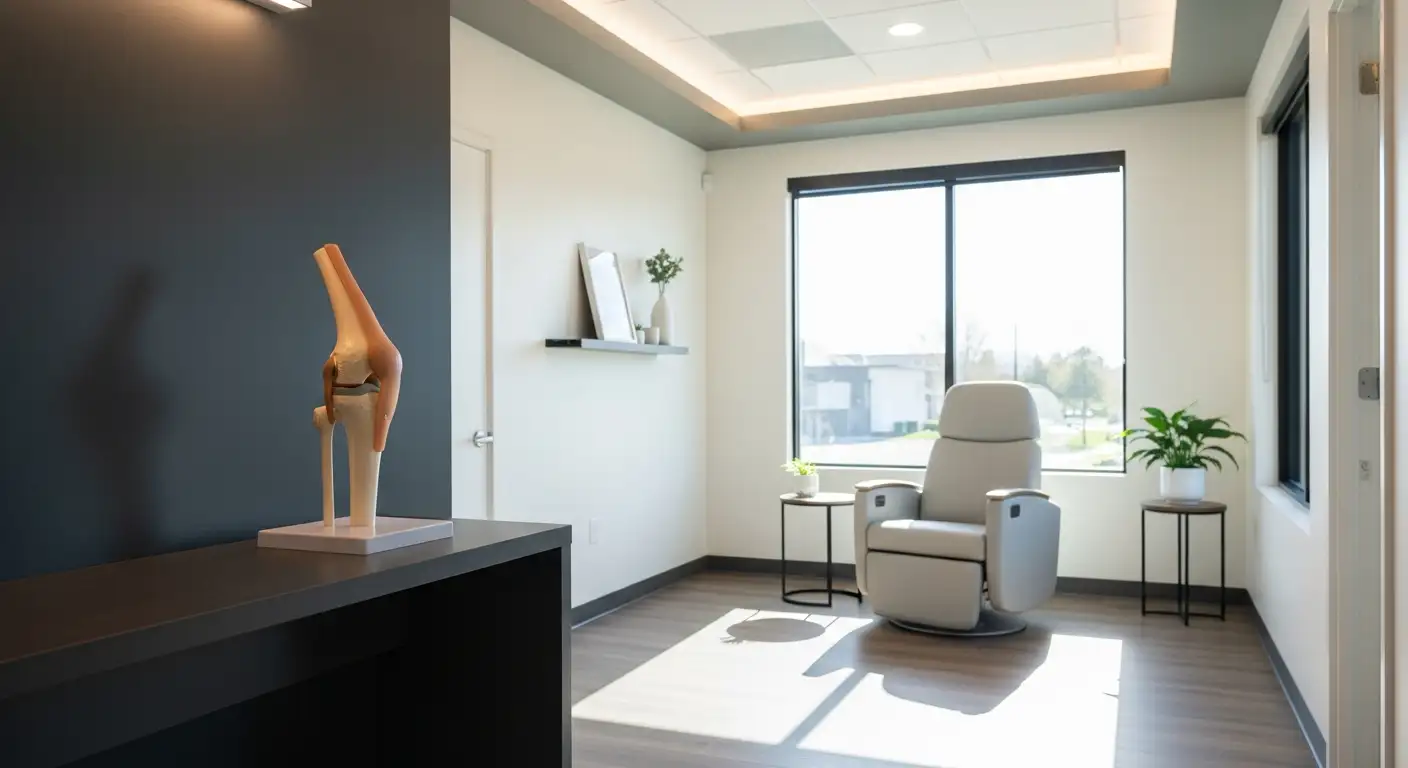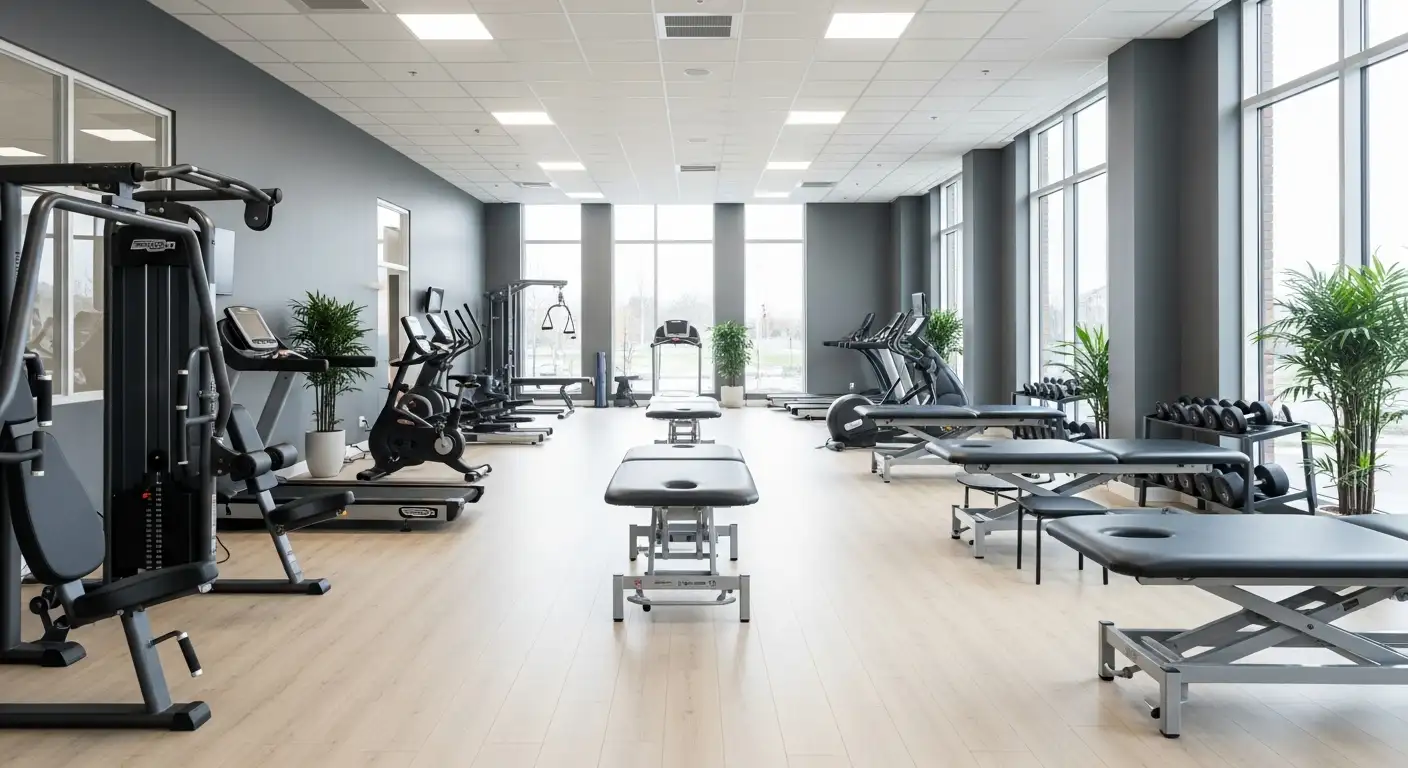
Understanding Knee Braces
Knee braces serve as an essential tool for those managing knee pain or recovering from injuries. By providing the necessary support, stabilization, and protection, they play a crucial role in enhancing overall knee health.
Purpose of Knee Braces
The primary purpose of knee braces is to stabilize the knee joint, holding it in place to protect and support individuals after injury or surgery. Knee braces also assist in managing chronic knee pain. According to the Cleveland Clinic, these devices help prevent further damage and promote effective healing.
Knee braces can also serve multiple functions including:
Types of Knee Braces
Knee braces are categorized into several types to suit different needs and situations. The following table summarizes the main categories:
Type of Knee BraceDescriptionProphylactic BracesDesigned to prevent or reduce knee injuries, typically used by athletes.Functional BracesOffer stabilization for knees that are already injured or unstable.Rehabilitative BracesAllow for controlled motion while healing after surgery or injury.Patellofemoral BracesFocus on treating anterior knee pain and related conditions.Hinged Knee BracesProvide significant support and restrict range of motion, suitable for serious injuries like ACL tears.Knee SleevesMade of elastic material for light compression and support, differing from traditional braces [1].
For a more in-depth understanding of knee pain and exercises, one can explore resources for sartorius exercises and best exercises for quads to strengthen the knee joint. Understanding these different types of braces will help in selecting the most appropriate one for individual needs, particularly those looking for a knee brace with side stabilizers that provides extra support.
Benefits of Knee Brace Usage
Knee braces with side stabilizers offer a range of advantages that enhance the functionality and comfort of the knee joint. They serve crucial purposes, including support and stability, alongside pain relief and aiding the healing process.
Support and Stability
Knee braces are designed to provide essential support and stability to the knee joint. They are particularly beneficial for individuals recovering from injuries, those undergoing rehabilitation, or simply those seeking to prevent further injuries. When the knee is protected using a brace, the risk of re-injury during physical activity is significantly reduced.
Knee braces achieve this by offering functional stability and compression, which helps to protect the knee from higher-risk positions and movements. They are especially advantageous when dealing with swelling after an injury, as they are generally easy to put on and adjust for a snug fit. This added support aids in maintaining proper alignment and function of the knee, which is critical for safe movement during recovery.
BenefitDescriptionSupportProvides stability to the knee jointCompressionReduces swelling and encourages blood flowProtectionMinimizes the risk of re-injury
Pain Relief and Healing Aid
Knee braces are frequently used as a conservative measure to manage pain associated with various knee conditions. They are designed to relieve symptoms like pain and stiffness while supporting the healing process. Compression is a primary feature of many knee braces, which helps redistribute weight-bearing loads and minimizes discomfort.
Research indicates that using knee braces can be effective in reducing pain linked to knee injuries, potentially delaying the need for surgery. In many cases, knee braces can aid in recovery from specific injuries such as ligament tears or postoperative healing processes.
The various designs of knee braces, tailored for specific injuries or conditions, allow users to choose one that best suits their individual needs. A proper fit is essential for effective pain management and recovery. Consulting with a doctor or physical therapist can help individuals determine the appropriate knee brace for their unique situations.
Pain Management FeaturesDescriptionCompressive SupportAlleviates pain and improves comfortFunctional StabilityAids in joint alignment and mobilityCustomized FitEnsures optimal support specific to the user's condition
Using a knee brace with side stabilizers can be an integral part of a comprehensive knee care strategy. For more information on knee-related exercises to further enhance recovery, check out our article on sartorius exercises or explore other knee-related conditions such as tibial tuberosity bump.
Risks and Considerations
When choosing a knee brace with side stabilizers, it is important to be aware of potential complications and guidelines for proper usage. Understanding these aspects can help ensure the effectiveness of the brace while minimizing any associated risks.
Potential Complications
While knee braces generally have minimal risks associated with their use, some complications may arise. These include:
ComplicationDescriptionSkin IrritationDiscomfort caused by rubbing against the skin.Muscle WeaknessPossible weakening of surrounding muscles due to reliance on the brace.Decreased Range of MotionLimited flexibility that may affect athletic performance.IneffectivenessLack of improvement in symptoms or injury prevention.
Proper Usage Guidelines
To minimize risks and enhance the benefits of a knee brace, following proper usage guidelines is essential. Consider the following recommendations:
By keeping these risks and guidelines in mind, users can make informed decisions about using knee braces with side stabilizers as part of their overall knee care strategy. For additional insights, explore our other resources, including sartorius exercises for strengthening the knee area and plica syndrome exercises for recovery.
Selecting the Right Knee Brace
Choosing the appropriate knee brace is crucial for effective support and pain management for those dealing with knee issues. There are two primary categories to consider when selecting a knee brace: custom braces and standard braces.
Custom vs. Standard Braces
Custom knee braces are specifically tailored to fit the individual. They are often recommended for patients with unique knee shapes or specific injuries that require precise support. Although they tend to be more expensive, their personalized fit can enhance comfort and effectiveness.
Standard knee braces, on the other hand, are mass-produced and available in various sizes. These options are generally more affordable and accessible, making them a popular choice for many individuals. However, the fit may not be perfect for everyone, potentially affecting the support they provide.
Type of Knee BraceFitCostUsage RecommendationCustom Knee BraceTailored to individualHigherSpecific injuries, unique shapesStandard Knee BracePre-sizedLowerGeneral use, mild to moderate support
Factors to Consider
When selecting a knee brace with side stabilizers or any knee support, there are several factors to keep in mind. Understanding these can help in making an informed decision that best suits the individual’s needs.
Consulting with a healthcare professional, such as a doctor or physical therapist, is crucial for determining the most suitable knee brace. Utilizing the right brace, along with sartorius exercises or other rehabilitation strategies, can lead to better outcomes in managing knee pain and functionality.
Reviewing Knee Brace Options
When selecting a knee brace with side stabilizers, various options are available, two notable brands being the ACE Brand Knee Brace and the Galvaran Knee Brace. Each offers unique features designed to provide support and stability.
ACE Brand Knee Brace
The ACE Brand Knee Brace is recognized for its design aimed at providing light support while allowing a full range of motion. It is quite popular among users who require minimal stabilization and a comfortable fit for daily activities. Key features include adjustable straps for a secure fit and a comfortable material that promotes breathability.
FeatureDescriptionSupport LevelLight supportMaterialBreathable fabricAdjustabilityYes (adjustable straps)UsageIdeal for daily activitiesAvailabilityAvailable through ACE Brand
The ACE Brand is suitable for individuals who experience mild knee issues or need extra assistance during activities.
Galvaran Knee Brace
The Galvaran Knee Brace is designed with adjustable side stabilizers, offering greater support for moderate to severe knee pain. The brace features a durable, breathable fabric and is highly adjustable, catering to a variety of leg sizes. It also comes equipped with reinforced stitching, ensuring durability and longevity.
FeatureDescriptionSupport LevelModerate to high supportMaterialDurable, breathable fabricAdjustabilityYes (multiple adjustable straps)UsageIdeal for sports and heavier activitiesPurchase LinkAvailable on Amazon
The Galvaran knee brace is particularly beneficial for individuals dealing with conditions such as tibial tuberosity bump or need extra support during physical activities.
When evaluating these knee braces, consider factors such as the level of support needed, the intended use, and overall comfort. Selecting the right knee brace is essential for effectively managing knee pain and providing the necessary support for an active lifestyle. For more about knee brace usage and benefits, visit our section on knee braces.
User Experiences and Recommendations
Customer Feedback
User reviews can provide valuable insight into the effectiveness and comfort of knee braces with side stabilizers. The feedback regarding the Galvaran Knee Brace with Side Stabilizers highlights several key points:
Positive FeedbackNegative FeedbackComfortable and lightweight design, suitable for wearing under clothingSome users found inadequate support for walking on rough terrainEffective for providing support during activities like hiking downhillIssues with Velcro not adhering properly to keep the brace secureAdjustable fit that accommodates various leg sizes and needsMixed opinions on fit, with some experiencing discomfort and poor fit in the lower leg areaReasonably priced for the comfort and support it offersSome customers do not feel it provides good value for money due to compression issues
Overall, while many users appreciate the comfort and adjustability of the Galvaran brace, some challenges related to its effectiveness in providing adequate knee joint support have been noted.
Choosing the Best Option
When selecting a knee brace, it is essential to consider the specific needs and activities of the user. The ACE Brand Compression Knee Brace with Side Stabilizers is another option that offers moderate support and stabilization. It is designed to prevent re-injury and relieve symptoms associated with various knee issues, including strains, sprains, arthritis, and repetitive stress injuries.
By comparing options and considering personal experiences and needs, individuals can find the most appropriate knee brace with side stabilizers to help manage knee pain effectively. Whether opting for the Galvaran or ACE brand, understanding customer feedback and recommendations can guide the decision-making process to ensure optimal support and comfort.
References
[2]:
[3]:
[4]:





